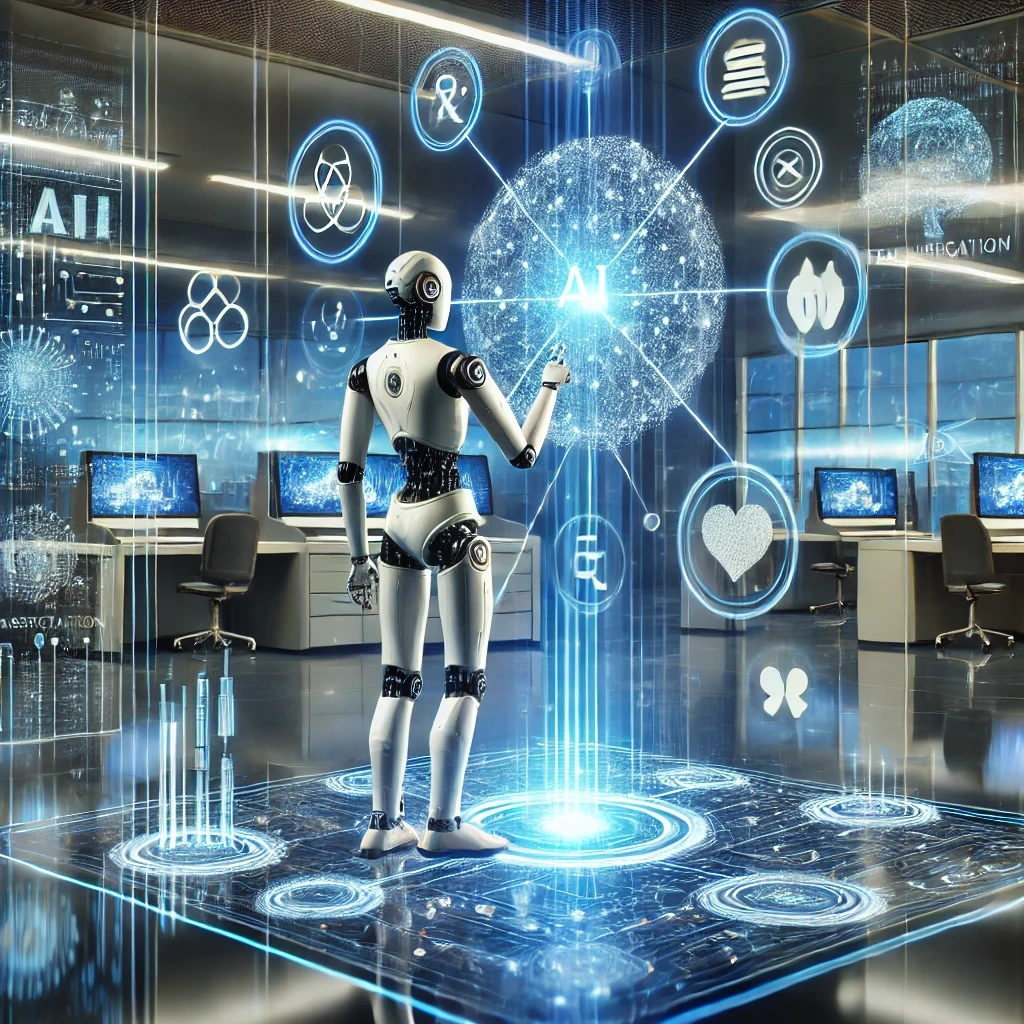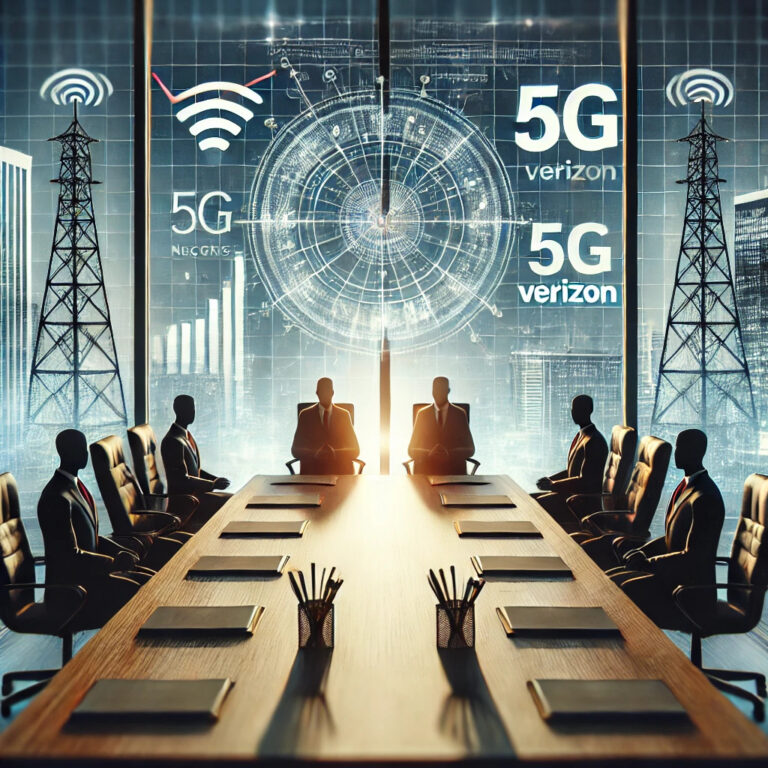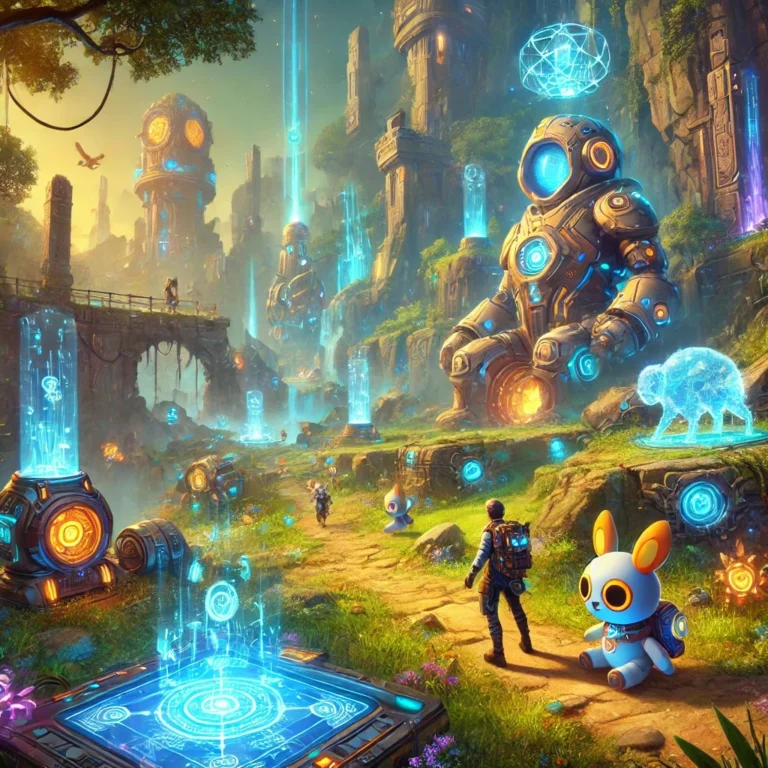What is AI Technology? A Comprehensive Guide
( Artificial Intelligence ) AI technology has rapidly transformed from a futuristic concept to an integral part of modern life. From virtual assistants to self-driving cars, AI technology is driving innovation, reshaping industries, and influencing how we interact with the world. But what exactly is AI technology? How does it work, and what are its implications for the future? This article explores these questions, providing an in-depth understanding of AI technology and its significance.
Defining Artificial Intelligence
Artificial Intelligence refers to the simulation of human intelligence in machines that are programmed to think, reason, learn, and make decisions. AI encompasses a broad spectrum of technologies and methodologies aimed at enabling machines to perform tasks that typically require human intelligence, such as:
- Problem-solving: Finding solutions to complex issues.
- Natural Language Processing (NLP): Understanding and generating human language.
- Image and Speech Recognition: Identifying patterns in visual and auditory data.
- Decision-making: Making informed choices based on data analysis.
AI technology operates through algorithms—sets of rules or instructions—that allow computers to process data, recognize patterns, and improve performance over time.
The Evolution of AI Technology
AI technology has evolved significantly since its inception in the 1950s. The journey can be categorized into several key phases:
- Early Concepts (1950s-1970s):
- The term “Artificial Intelligence” was coined in 1956 by John McCarthy during the Dartmouth Conference.
- Initial efforts focused on problem-solving and symbolic reasoning, leading to programs like Logic Theorist and ELIZA.
- The AI Winter (1970s-1980s):
- Overpromising and underdelivering led to reduced funding and interest.
- Limited computational power and lack of data hindered progress.
- Resurgence and Machine Learning (1990s-2000s):
- Increased computational capabilities and the rise of machine learning reignited interest in AI.
- Innovations like IBM’s Deep Blue, which defeated chess champion Garry Kasparov in 1997, showcased AI’s potential.
- Deep Learning and Big Data Era (2010s-present):
- The availability of massive datasets and advancements in neural networks propelled AI to new heights.
- Technologies like Google’s AlphaGo and OpenAI’s GPT models demonstrated the power of deep learning.
Types of AI
AI technology is categorized into three main types based on its capabilities:
- Narrow AI:
- Also known as Weak AI, this type is designed to perform specific tasks.
- Examples include voice assistants (Siri, Alexa), recommendation systems, and facial recognition.
- General AI:
- General AI, or Strong AI, aims to replicate human intelligence comprehensively, allowing machines to perform any intellectual task that a human can.
- This level of AI remains theoretical and under research.
- Superintelligent AI:
- A hypothetical AI surpassing human intelligence in all respects.
- Often discussed in ethical debates and speculative scenarios.
Key Components of AI Technology
AI technology relies on several core components:
- Machine Learning (ML):
- A subset of AI that enables systems to learn and improve from experience without explicit programming.
- Algorithms include supervised learning, unsupervised learning, and reinforcement learning.
- Deep Learning:
- A specialized branch of ML that uses artificial neural networks to process vast amounts of data.
- Applications include image recognition, language translation, and autonomous driving.
- Natural Language Processing (NLP):
- Enables machines to understand, interpret, and generate human language.
- Found in chatbots, virtual assistants, and language translation tools.
- Computer Vision:
- Focuses on enabling machines to interpret and process visual information.
- Applications include facial recognition, medical imaging, and augmented reality.
- Robotics:
- Integrates AI to create intelligent machines capable of performing physical tasks.
- Examples include robotic surgery and industrial automation.
Applications of AI Technology
AI technology is revolutionizing various sectors, including:
1. Healthcare:
- Diagnostics: AI algorithms analyze medical images to detect diseases like cancer.
- Drug Development: AI accelerates the discovery of new drugs.
- Personalized Medicine: Tailors treatments based on patient data.
2. Finance:
- Fraud Detection: Identifies suspicious transactions.
- Algorithmic Trading: Executes trades based on predictive analytics.
- Chatbots: Enhances customer service.
3. Education:
- Personalized Learning: Adapts educational content to individual needs.
- Administrative Automation: Streamlines tasks like grading and scheduling.
- Language Learning: AI-powered tools facilitate language acquisition.
4. Transportation:
- Autonomous Vehicles: Self-driving cars use AI for navigation and safety.
- Traffic Management: AI optimizes traffic flow and reduces congestion.
- Logistics: Enhances supply chain efficiency.
5. Entertainment:
- Content Recommendations: Platforms like Netflix and Spotify use AI to suggest content.
- Gaming: AI creates adaptive and engaging gaming experiences.
- Creative Arts: Generates music, art, and writing.
6. Retail:
- Inventory Management: Predicts demand and optimizes stock levels.
- Customer Insights: Analyzes buying patterns to improve marketing strategies.
- Virtual Try-ons: Allows customers to visualize products.
Benefits of AI Technology
AI technology offers numerous advantages:
- Efficiency: Automates repetitive tasks, saving time and resources.
- Accuracy: Reduces human error in data analysis and decision-making.
- Scalability: Handles large-scale operations effortlessly.
- Innovation: Drives breakthroughs in research and development.
- Accessibility: Improves access to information and services.
Challenges and Ethical Considerations
Despite its benefits, AI technology presents challenges:
- Bias and Fairness:
- AI systems can inherit biases from training data, leading to unfair outcomes.
- Efforts are needed to ensure transparency and inclusivity.
- Privacy and Security:
- AI systems often require vast amounts of personal data, raising privacy concerns.
- Robust measures are essential to safeguard sensitive information.
- Job Displacement:
- Automation may lead to job losses in certain sectors.
- Upskilling and reskilling programs can mitigate this impact.
- Ethical Dilemmas:
- The use of AI in surveillance, warfare, and decision-making raises moral questions.
- Establishing guidelines and regulations is crucial.
- Dependence:
- Overreliance on AI may reduce human oversight and accountability.
The Future of AI Technology
AI technology is poised to shape the future in transformative ways:
- Advanced Personalization:
- AI will deliver highly customized experiences across industries.
- Enhanced Collaboration:
- Humans and AI will work together more seamlessly, leveraging each other’s strengths.
- Sustainable Development:
- AI will drive solutions for climate change, resource management, and energy efficiency.
- Democratization of AI:
- Efforts to make AI tools and knowledge accessible to all will expand its reach.
- Breakthrough Innovations:
- AI is expected to contribute to groundbreaking advancements in science, medicine, and technology.
Conclusion
AI technology represents one of the most significant technological revolutions of our time. Its ability to mimic and enhance human intelligence has unlocked unparalleled opportunities, transforming industries and improving lives. However, it also demands careful consideration of ethical, social, and economic implications. As AI continues to evolve, embracing its potential while addressing its challenges will be key to building a future where humans and machines coexist harmoniously, driving progress for the benefit of all.
For More Information, Check out NetworkForbe






